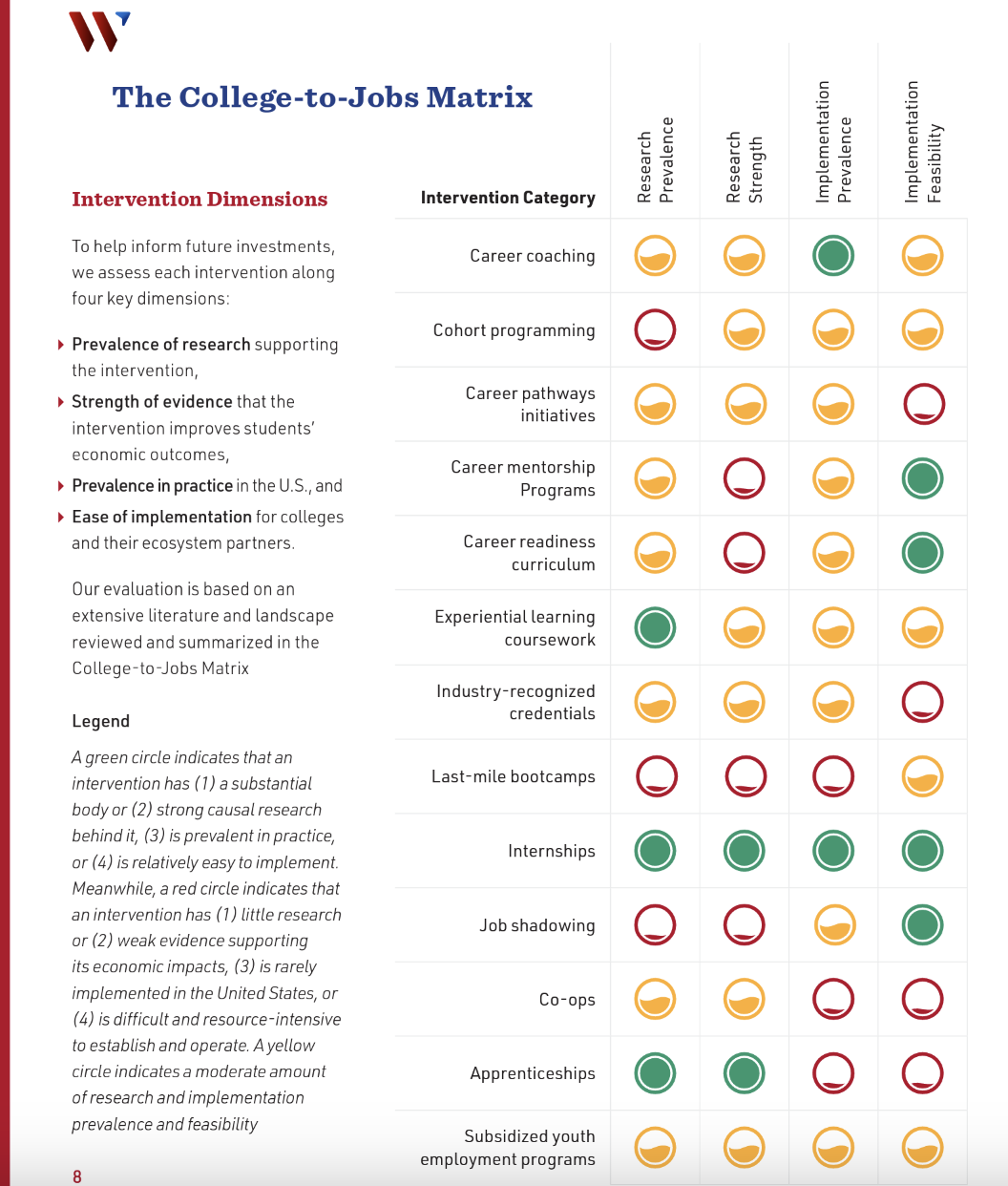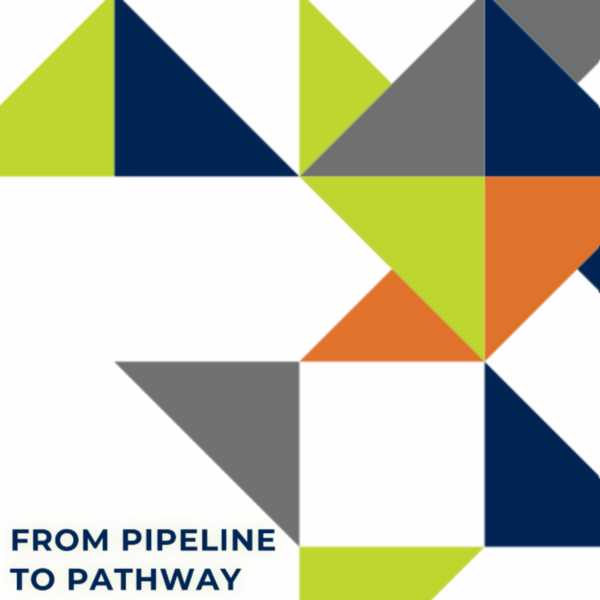Earlier this year, I joined higher education, policy, and economic development leaders across the country for Harvard University’s virtual unveiling of the “College-to-Jobs Initiative” by The Project on Workforce.
The Project on Workforce is a cross-disciplinary collaboration between three schools at Harvard – the Harvard Kennedy School’s Malcolm Wiener Center for Social Policy, the Harvard Business School Managing the Future of Work Project, and the Harvard Graduate School of Education.
They produce research at the intersection of education and the labor market for leaders in business, education, and policy. Their research is driven by two goals: to help shape a future that creates more and better pathways to economic mobility and to forge smoother transitions between education and careers. This mission could not be more in line with LARC’s goals of bridging the gap between students, employers, educators, and priority industries to advance LA’s innovative economy.
LARC’s work is research and data-driven, guided by regional economic needs. We work with organizations such as the regional Centers of Excellence for Labor Market Research and LAEDC’s Institute for Applied Economics to identify high-growth, emerging, and economically critical industries, analyze the gap in labor market demands, and respond to workforce needs. These workforce insights help LARC’s 19 community colleges strengthen industry engagement and adapt to the ever-fluctuating trends of our regional economy.
Harvard’s “College-to-Jobs Initiative” is a tremendous roadmap for educators, policymakers, and workforce development leaders to support our efforts in making a transformative and lasting impact at a local, regional and state-wide level.
I want to share some highlights from Harvard’s Project on Workforce findings and how this valuable research will enhance the work LARC is doing as the coordinating body for our #19Strong Colleges.
The Challenge: Is Higher Education Keeping up with Employment?
Harvard’s “College-to-Jobs Initiative” identified a shifting trend in the perceived value of a college degree, which has long been considered the key to earning higher wages and unlocking economic prosperity in the United States. This is declining for the first time in decades. Factors affecting this shift include the COVID-19 pandemic and associated economic disruption, tighter labor markets, and increase in higher education costs and student debt.
So how can our colleges better prepare students for the workforce, support the labor market with a skilled and prepared workforce, and deliver on the expected economic returns for students and families?
The “College-to-Jobs Initiative” presents two valuable components for this work.
College-to-Jobs Map
One is an interactive College-to-Jobs Map linking college graduate and labor market data with the ability to compare regional growth. Rarely is employment and education data linked in this way, let alone with the regional lens to help education and policy leaders better bridge the gap between college training and the local workforce.
By visualizing how local employment trends align with college graduate growth in a region, the tool helps leaders and stakeholders gain additional insights to bridge the gap between the training colleges are providing and the local workforce pipelines.
Delivering on the Degree: The College-to-Jobs Playbook
The other is a comprehensive College-to-Jobs Playbook described as “a framework to help college better deliver on the American Dream.” This is an action and solution-oriented tool that shares recommendations on what leaders can do to address the disconnect between the labor market and education.
The playbook identifies 13 “interventions” within the college ecosystem used to ease the transition into good jobs in the workforce and assesses how prevalent and easy to carry out each method is. These interventions occur at different points along a student’s journey and are categorized accordingly into career awareness, career skill building, and career immersion activities.
13 Interventions Within the College Ecosystem
- Career coaching
- Cohort programming
- Career pathways initiatives
- Career mentorship programs
- Career readiness curriculum
- Experiential learning coursework
- Industry-recognized credentials
- Last-mile bootcamps
- Internships
- Job shadowing
- Co-ops
- Apprenticeships
- Subsidized youth employment programs
LARC and our #19Strong community colleges do an excellent job at prioritizing these interventions, offering programs and curriculum in line with our region’s industry demands to set students up for success as they enter or re-enter the labor market. Harvard’s College-to-Jobs Playbook is a great addition to enhance the work we are doing to bridge the gap between employers, students, educators, and industry.
Harvard’s playbook breaks down each method to assess prevalence, strength of evidence supporting its ability to improve students’ academic and economic outcomes, and ease of implementation.

LARC: 19 Community Colleges. One Mission.
Los Angeles County is home to more than 10 million residents in 88 incorporated cities spanning over 4,750 square miles. Hundreds of thousands of businesses also call LA home, participating in the major and minor industries that drive our economy. LARC serves a critical role as the conduit between our #19Strong community colleges and employers, students, educators, and industry.
In addition to using quantitative and qualitative data and research, we collaborate with K-12 partners, high-road employers, and priority industries to align impactful curriculum and workforce training programs, creating a seamless pathway for college and career readiness. This collaboration leads to internships, apprenticeships, and job placement opportunities that directly connect students to employers in LA’s innovative economy.
The “College-to-Jobs Initiative” will further enhance our work in bridging the gap between workforce preparedness and the employers fueling LA’s cutting-edge economy, ensuring student success and building brighter futures.
– Dr. Narineh Makijan
Assistant Vice President & Chair, Los Angeles Regional Consortium




